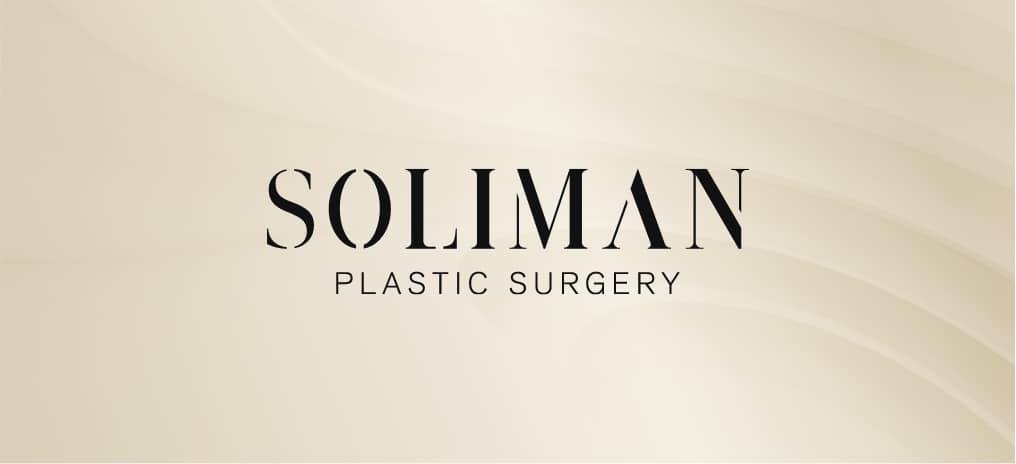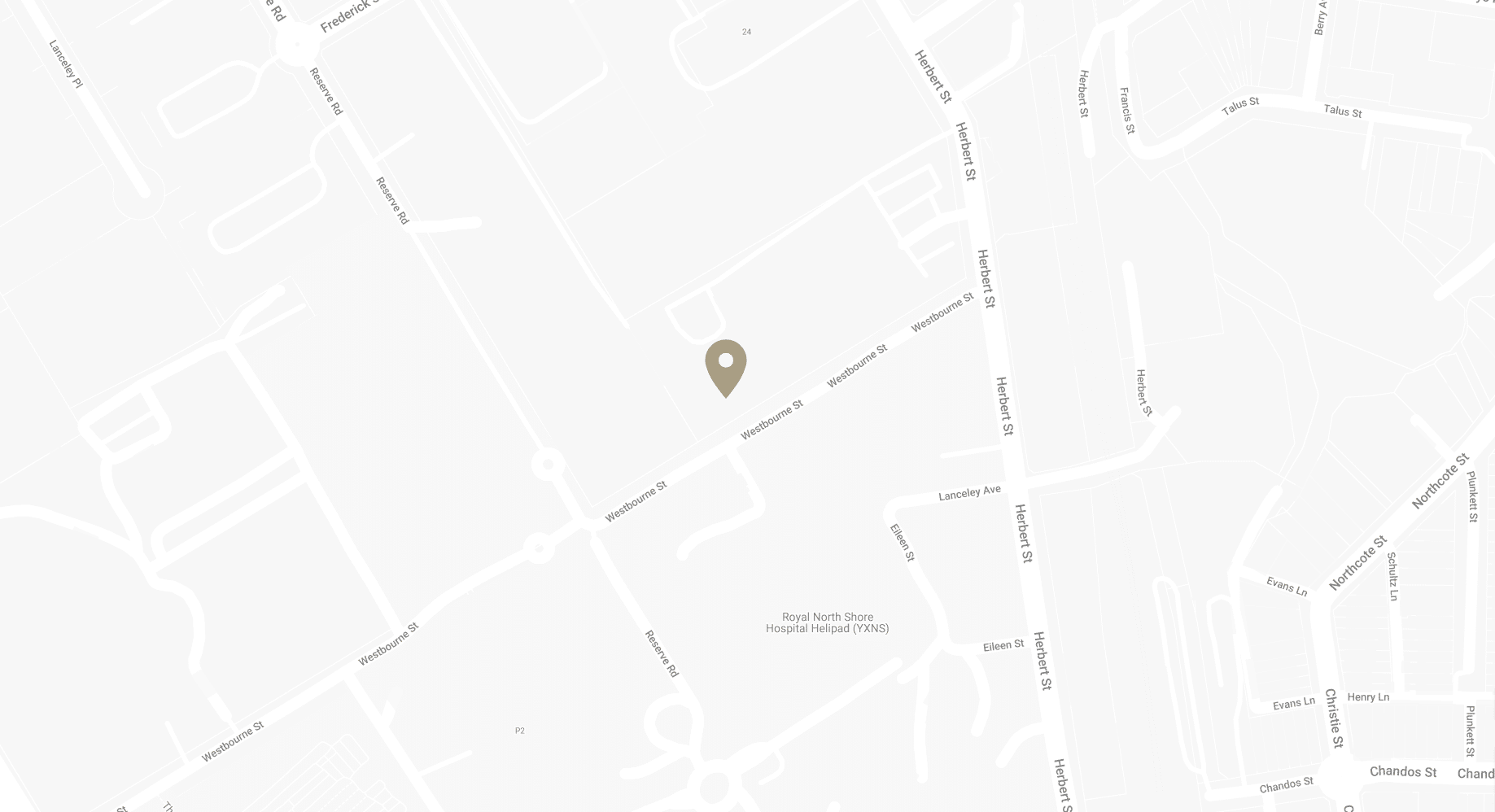How and When to Resume Arm Exercises after DIEP Breast Reconstruction
Breast reconstruction is a procedure that can offer hope and restoration to many who have undergone mastectomies. One of the most advanced and natural-looking methods is the DIEP (Deep Inferior Epigastric Perforators) breast reconstruction. While the results can be impressive, the journey to full recovery requires dedication, especially when it comes to regaining arm mobility and strength. Post-operative arm exercises play a pivotal role in this journey, ensuring that individuals not only regain their physical form but also their functional capabilities.
In this blog, Sydney Specialist Plastic Surgeon Dr Bish Soliman focuses on arm exercises after DIEP breast reconstruction surgery for a smooth recovery.
Download Dr Bish Soliman Cosmetic Breast Surgery Guide

What Is DIEP Breast Reconstruction And How It Differs From Other Breast Reconstruction Methods?
DIEP breast reconstruction is a type of autologous tissue reconstruction, meaning it uses the patient’s own tissue to recreate the breast. Specifically, the DIEP method involves taking skin, fat, and blood vessels from the lower abdomen and transferring them to the chest to form a new breast mound. Unlike the traditional TRAM flap procedure, DIEP spares the abdominal muscles, leading to a quicker recovery and reduced risk of hernias.
There are various methods of breast reconstruction, ranging from implants to different types of flap procedures. What sets DIEP apart is its muscle-sparing technique. While other flap procedures like the TRAM might use a portion of the abdominal muscle, DIEP only uses the skin and fat, preserving the integrity of the abdominal muscles. This results in less post-operative pain, a natural abdominal contour, and a reduced risk of complications. Additionally, since DIEP uses the patient’s own tissue, the reconstructed breast has a more natural feel and appearance compared to implant-based reconstructions.
Why Arm Exercises Are Crucial Post-Surgery
Breast reconstruction, especially procedures like DIEP, is a significant surgical intervention that can have profound effects on the body’s biomechanics, particularly in the upper torso. One of the most impacted areas post-surgery is arm mobility.
The Impact of Surgery on Arm Mobility
During the DIEP procedure, incisions are made, tissues are shifted, and the body’s natural anatomy is altered to achieve the desired breast reconstruction. This surgical intervention, combined with the body’s natural inflammatory response, can lead to stiffness, reduced range of motion, and even pain in the arms and shoulders. The body, in its attempt to heal, might inadvertently limit movement due to pain, swelling, or the formation of scar tissue. This restricted movement, if not addressed, can become chronic, leading to prolonged discomfort and reduced functional capabilities.
Benefits of Arm Exercises for Recovery and Overall Health
- Restoration of Range of Motion: Regular and guided arm exercises can gradually stretch and strengthen the muscles around the shoulders and upper arms. This helps in breaking down any minor adhesions and preventing the formation of restrictive scar tissue, thereby restoring the arm’s full range of motion.
- Reduction of Lymphedema Risk: One of the potential complications post breast surgery is lymphoedema, a condition characterised by swelling due to the build-up of lymph fluid. Engaging in arm exercises can promote lymphatic drainage, reducing the risk of this condition.
- Enhanced Muscle Tone and Strength: Post-operative inactivity can lead to muscle atrophy. Arm exercises counteract this by promoting muscle growth and strength, ensuring that the arms remain strong and functional.
- Improved Posture: The surgery, combined with protective postures adopted by patients to minimise discomfort, can lead to slouched or misaligned postures. Arm exercises can correct these imbalances, promoting a straighter, more confident posture.
- Boosted Mental Well-being: Engaging in physical activity, including arm exercises, releases endorphins – the body’s natural painkillers and mood elevators. This can be immensely beneficial in the post-operative phase, offering emotional relief and a sense of accomplishment.
- Accelerated Overall Recovery: A body in motion tends to heal better and faster. By promoting blood flow and reducing inflammation, arm exercises can accelerate the overall healing process post-surgery.
While the immediate aftermath of DIEP breast reconstruction might make movement challenging, it’s imperative to understand the long-term benefits of arm exercises. With the guidance of healthcare professionals, a tailored arm exercise regimen can pave the way for a smoother, swifter, and more holistic recovery journey.
Preparing for Arm Exercises
The physical recovery after DIEP breast reconstruction requires careful planning and preparation. Arm exercises, while beneficial, need to be approached with caution to ensure they aid in recovery rather than hinder it.
When to Start Post-Operative Exercises
The timing of when to initiate arm exercises post-surgery is crucial. Starting too early can risk complications, while delaying can lead to prolonged stiffness and reduced mobility. Typically, light movements and gentle stretches can be introduced a few days after surgery, once the initial acute pain has subsided. However, it’s essential to consult with Dr Soliman or your physiotherapist to get a personalised timeline. They will assess the healing process, the state of the incisions, and any potential complications before giving the green light. As a general guideline:
- Immediate Post-Op (Day 1-3): Focus on gentle movements, like slight shoulder shrugs or wrist rotations, to promote blood circulation.
- Short-Term Post-Op (Day 4-14): Introduction of mild stretches and basic arm exercises, always ensuring there’s no pain.
- Long-Term Post-Op (After 2 weeks): Gradual incorporation of strength-building exercises, with regular monitoring of progress.
Safety Precautions and Guidelines
- Listen to Your Body: It’s essential to differentiate between a mild stretch and pain. If any exercise causes sharp pain, stop immediately and consult Dr Soliman’s team.
- Warm-Up: Before diving into exercises, always start with a 5-10 minute warm-up, like a brisk walk, to get the blood flowing and muscles ready.
- Stay Hydrated: Drink plenty of water before and after exercises to aid muscle function and recovery.
- Avoid Overexertion: Especially in the early stages, it’s crucial to take things slow. Overworking can lead to inflammation and setbacks in the recovery process.
- Maintain a Comfortable Environment: Ensure the room is neither too cold nor too hot. Cold can stiffen muscles, while excessive heat can lead to fatigue.
- Use Proper Technique: Always prioritise quality over quantity. It’s better to do fewer repetitions with the correct form than many with poor technique.
- Consistency is Key: Aim for regular, short sessions rather than infrequent, prolonged ones. This consistency aids in steady progress and reduces the risk of injury.
- Seek Expert Guidance: Consider working with a physiotherapist or occupational therapist initially. They can provide tailored exercises, ensure proper technique, and monitor progress.
- Try the exercises before surgery to be able to track your recovery.
List of Arm Exercises after DIEP Breast Reconstruction Surgery
Recovery after DIEP breast reconstruction is a journey that requires patience, dedication, and the right set of exercises. Arm exercises play a pivotal role in ensuring that the recovery is not just about aesthetics but also about functionality and strength. Here’s a comprehensive list of arm exercises categorised by their intensity and complexity:
Basic Movements
These exercises are designed to initiate movement, promote blood circulation, and prepare the muscles for more advanced exercises in the subsequent stages of recovery.
Shoulder Rolls:
- How to: Sit with your back straight. Slowly roll your shoulders in a circular motion, first forward, then backward.
- Benefits: This movement helps to release tension in the shoulders and upper back, improving mobility and reducing stiffness.
Arm Lifts:
- How to: Sit comfortably with your arms by your side. Slowly lift both arms sideways until they’re at shoulder level, then lower them back down.
- Benefits: Arm lifts strengthen the deltoid muscles and improve the range of motion in the shoulder joint.
Gentle Stretches:
- How to: Extend one arm in front of you, parallel to the ground. With the other hand, gently pull the extended arm towards your chest. Hold for a few seconds, then switch arms.
- Benefits: These stretches help in elongating the arm muscles, reducing the chances of post-operative contractures and improving flexibility.
Intermediate Exercises
As the recovery progresses and the basic movements become more comfortable, it’s time to introduce intermediate exercises to further enhance strength and mobility.
Wall Push-ups:
- How to: Stand facing a wall, arms extended and palms flat against the wall. Bend your elbows and bring your chest closer to the wall, then push back to the starting position.
- Benefits: This exercise strengthens the chest, shoulders, and triceps without putting undue strain on the body.
Shoulder Flexion and Abduction:
- How to: For flexion, lift your arms in front of you until they’re overhead. For abduction, lift your arms sideways, away from the body, until they’re overhead.
- Benefits: These movements target the deltoids and upper trapezius, improving shoulder mobility and strength.
Elbow Extensions:
- How to: With a light weight in hand, bend your elbow at 90 degrees. Slowly extend your arm backward, then return to the starting position.
- Benefits: This exercise strengthens the triceps, enhancing the arm’s overall strength and toning the back of the arm.
Advanced Exercises
For those further along in their recovery journey and looking for more challenging exercises:
Resistance Band Exercises:
- How to: Hold a resistance band with both hands in front of you. Stretch it by pulling your arms apart, then return to the starting position.
- Benefits: Resistance bands offer dynamic resistance, strengthening multiple muscle groups in the arms and shoulders.
Weight Lifting (with light weights):
- How to: Start with light dumbbells. Perform bicep curls, triceps extensions, and shoulder presses.
- Benefits: Weight lifting promotes muscle hypertrophy, enhancing the arm’s strength and appearance.
Advanced Stretches:
- How to: Incorporate yoga poses like the “Eagle Pose” or the “Cow Face Pose” to deeply stretch and open up the arms and shoulders.
- Benefits: Advanced stretches improve flexibility, reduce muscle tension, and enhance the range of motion.
Lymphoedema and Cancer Rehabilitation Services
Onccare offers early intervention services as well as chronic lymphoedema management, garment prescription, bandaging, pneumatic compression pumps and laser, as well as personalised exercise programs including yoga, pilates and cardiovascular exercise for post op recovery.
- For the office in Lakeview Private Hospital Suite 3, Level 1, 17Solent Circuit, Norwest, call 88508252 with details on surgery and background diagnosis.
- For the office in French’s Forest, Level 1 Suite 4, 1/49 French’s Forest Rd, contact Elizabeth Ringrose by email (admin@onccare.com.au) and provide details on surgery and background diagnosis.
FAQs about Recovery after DIEP Breast Reconstruction
How soon after my DIEP surgery can I resume my regular gym workouts?
- While light arm exercises can be introduced shortly after surgery, it’s essential to consult with Dr Bish Soliman before resuming regular gym workouts. Typically, patients can gradually return to more strenuous activities after 12 weeks, but individual recovery rates vary.
Are there any specific arm exercises I should avoid post-surgery?
- In the initial weeks post-surgery, it’s advisable to avoid exercises that put excessive strain on the chest and abdominal area, such as heavy weightlifting or push-ups. Always prioritise exercises recommended by your physiotherapist or Dr Soliman in the early stages of recovery.
I’m experiencing some numbness in my arm post-surgery. Is this normal, and will exercises help?
- Some numbness or tingling can be a result of the surgery and should gradually improve. Arm exercises can enhance blood circulation and nerve function, potentially aiding in reducing numbness. However, persistent or worsening symptoms should be discussed with Dr Soliman.
Can arm exercises help with the appearance of surgical scars?
- While arm exercises primarily focus on mobility and strength, improved blood flow from exercising can aid in the healing process, potentially reducing scar visibility. For scar-specific treatments, consult with Dr Bish Soliman.
I’ve heard about lymphatic drainage exercises. Are they different from the arm exercises mentioned?
- Lymphatic drainage exercises are specifically designed to promote the flow of lymph fluid and reduce swelling, especially useful for those at risk of or experiencing lymphedema. While some arm exercises can aid in lymphatic drainage, they serve a broader purpose. It’s beneficial to incorporate both types of exercises in your recovery regimen.
I missed a few weeks of exercises due to personal reasons. Is it too late to start again?
- It’s never too late to start or resume exercises. If you’ve had a break, begin with the basic movements and gradually progress, ensuring you’re comfortable and pain-free. Consistency, even if started later, can still offer significant benefits.
Are there any signs or symptoms during arm exercises that indicate I should seek medical attention?
- While mild discomfort can be expected, sharp pain, increased swelling, changes in scar appearance, or any discharge from the surgical site are concerning signs. If you experience any of these or other unusual symptoms, stop the exercises and consult with Dr Bish Soliman’s team immediately.
Further Reading about DIEP Breast Reconstruction with Dr Bish Soliman
- Read more about DIEP Breast Reconstruction Surgery Page
- Read more about Why Dr Soliman Prefers DIEP Breast Reconstruction?
- Read more about Who Are the Best DIEP Breast Reconstruction Surgeons in the World?
- Read more about Medicare for DIEP Breast Reconstruction
- Read more about Options for Breast Reconstruction – Immediate or Delayed Breast Reconstruction
- Read more about Recovery after Breast Reconstruction Surgery (DIEP)
- Read more about DIEP Flap Breast Reconstruction: What to Expect
- Read more about FAQ’s about DIEP Breast Reconstruction Surgery



